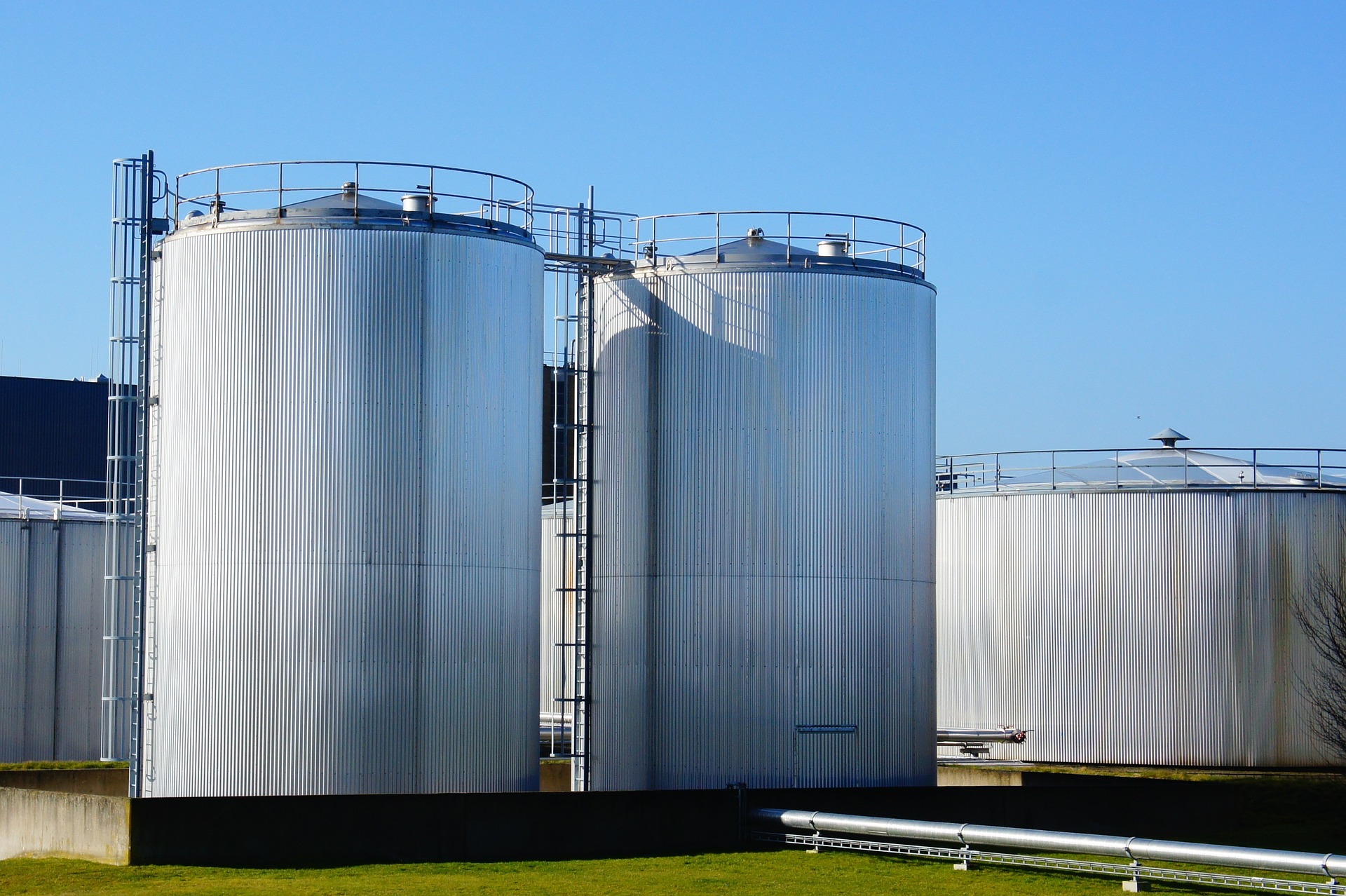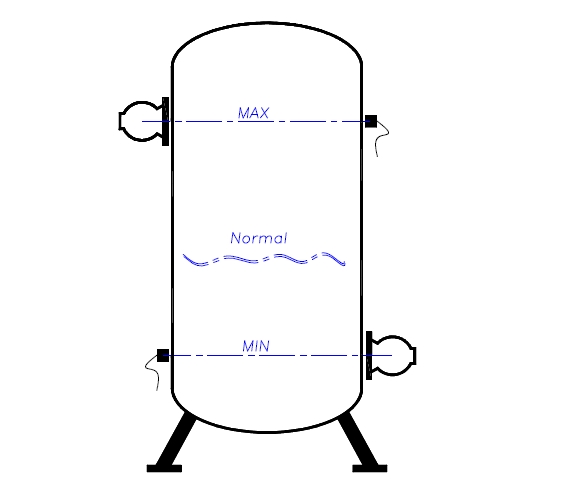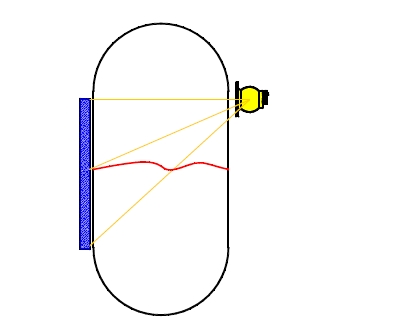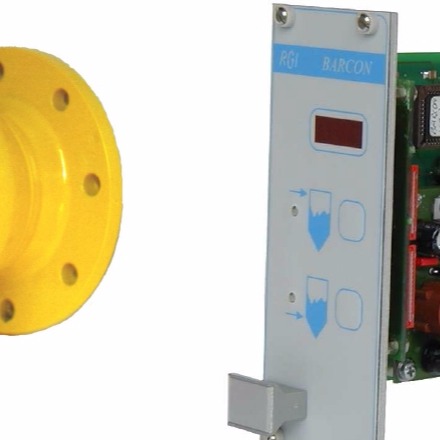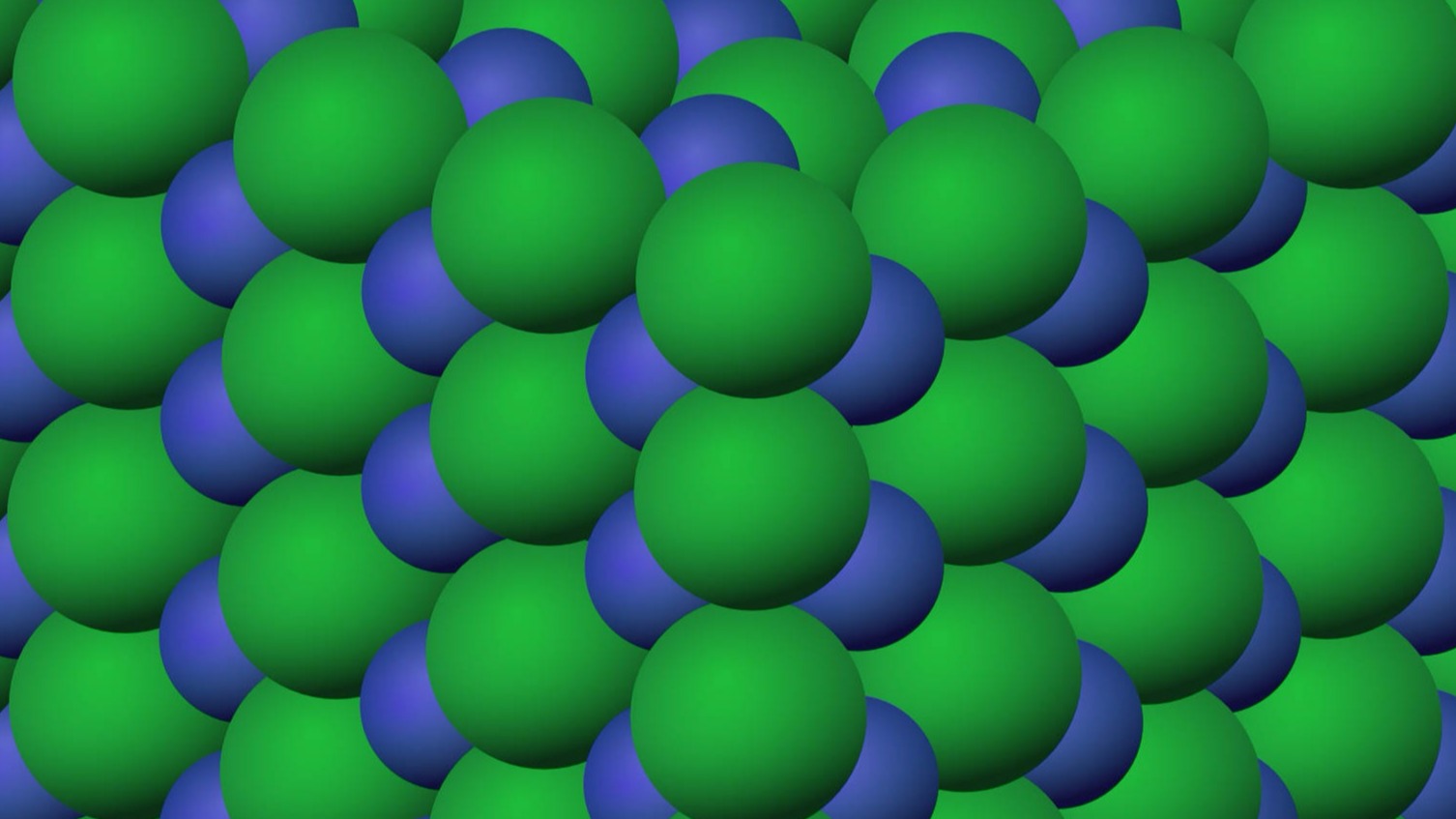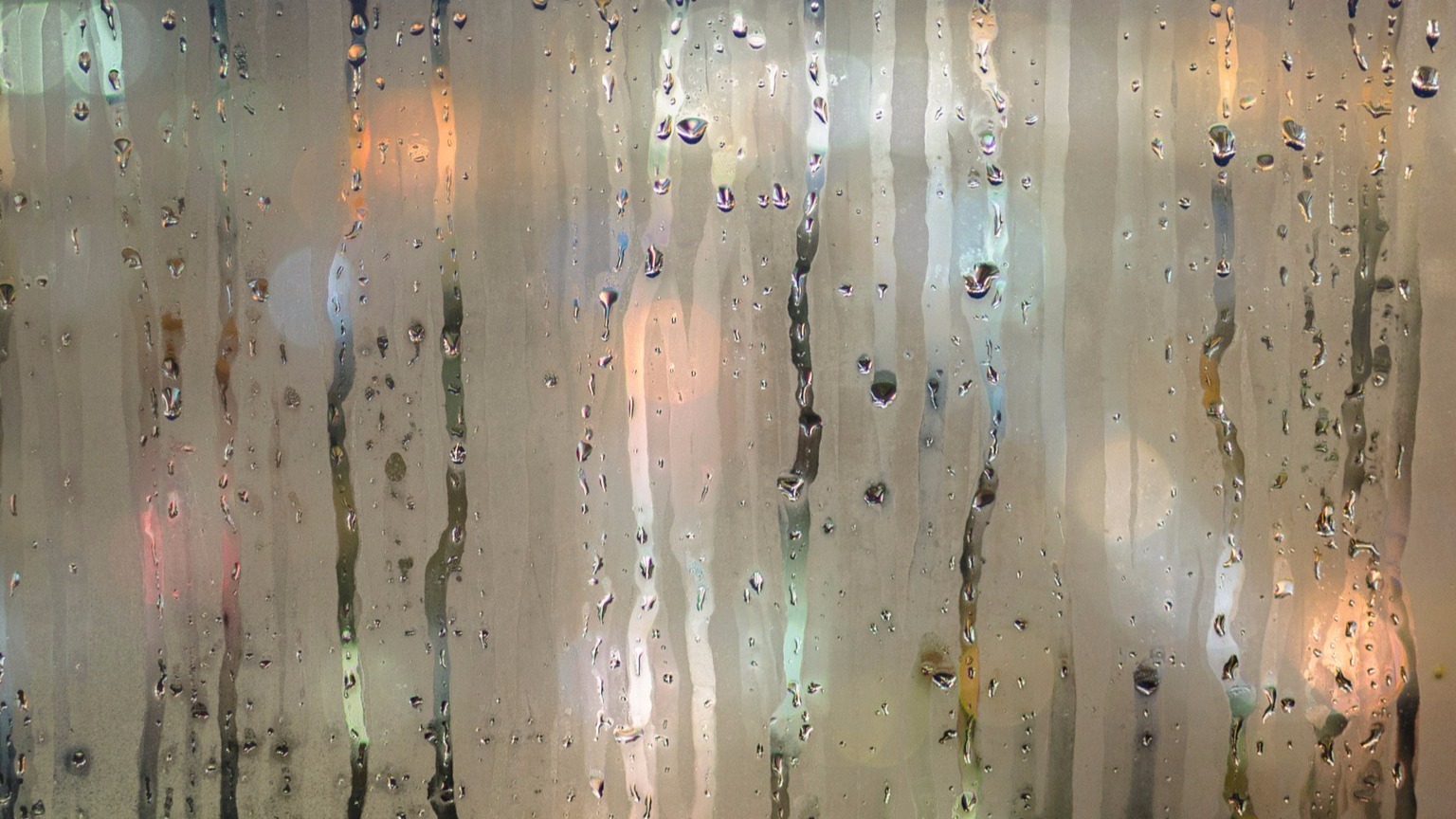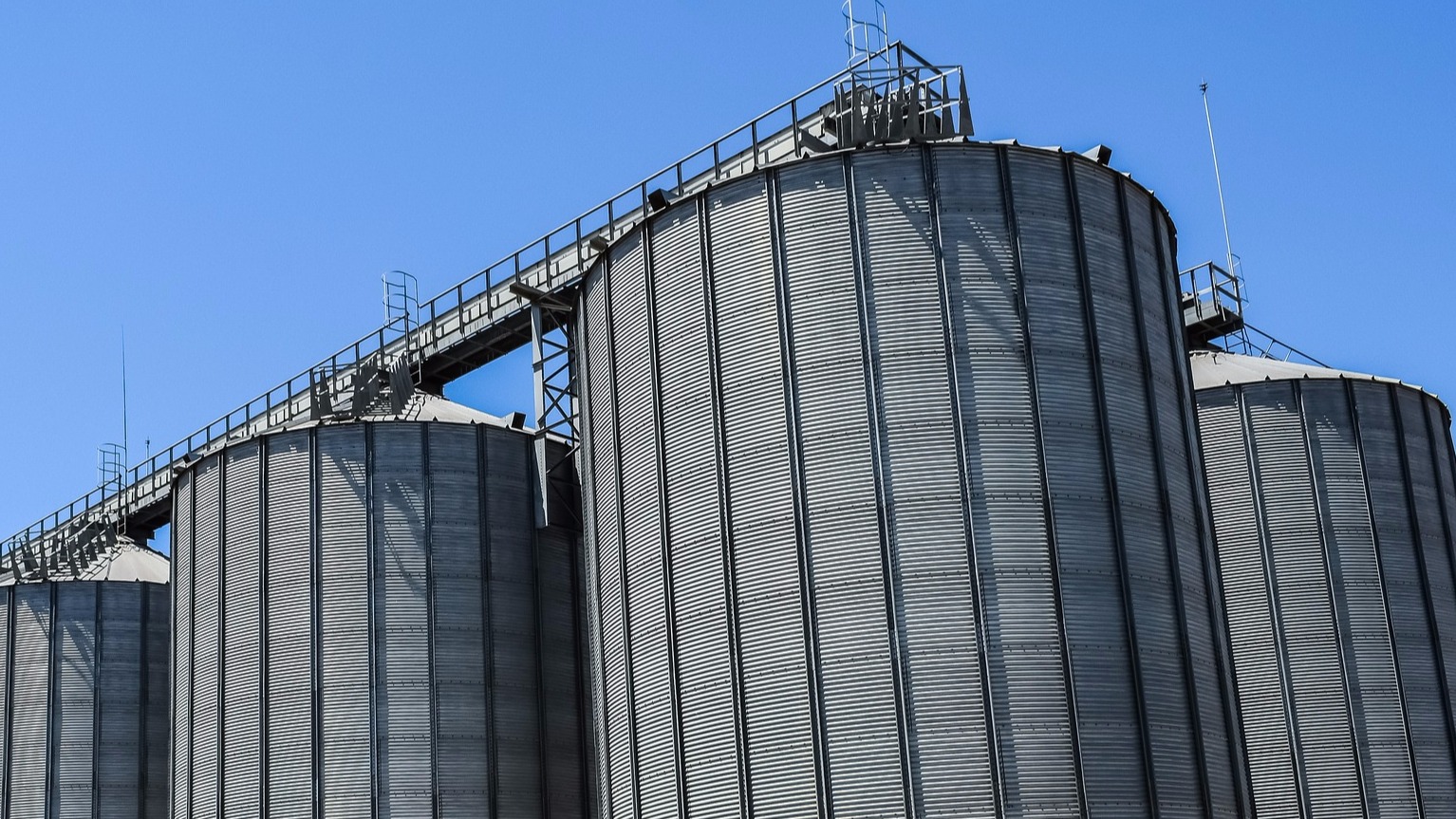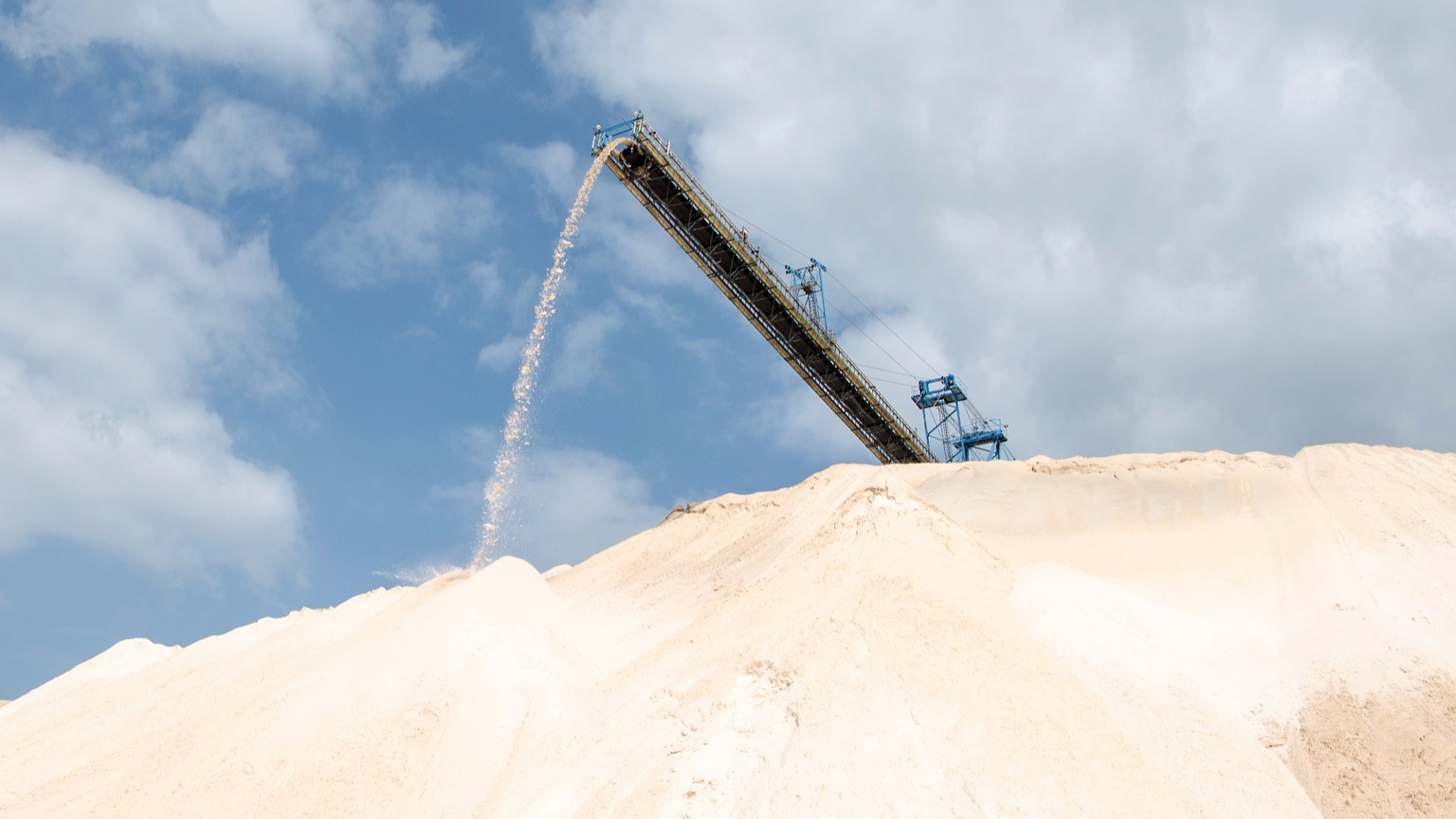For the purpose of limit detection, a kind of light barrier can be constructed, in which the radiation can pass through a wall and behind it can reach or be interrupted, i.e. if the radiation has been correctly calculated, it reaches the detector when the container is empty and is interrupted when it is full.
However, since in many cases the "full" or "empty" function is not sufficient when determining how high the current level is, a continuous signal is required, e.g. indicates that the container is 50% full, because a light barrier is not designed to give the information that it is only half covered, even if the receiver were larger, a partial cover would no longer make it switch.
This is the principle of a continuous level measurement, if a level above 2m is to be measured and the detector is 2m long, you can also measure a partial coverage and assign it to the level.
The longer the shadow is caused by the filling material on the detector, which determines how long the shadow is, the lower and vice versa to the filling level, the detector signal, that is, when the detector receives the maximum of radiation, the container is empty.
Since the signal is unfortunately not linear, but depends on the wall thickness, the density and temperature of the filling medium, the measuring range and the tank geometry, the evaluation electronics takes on the task of linearization and compensation.
